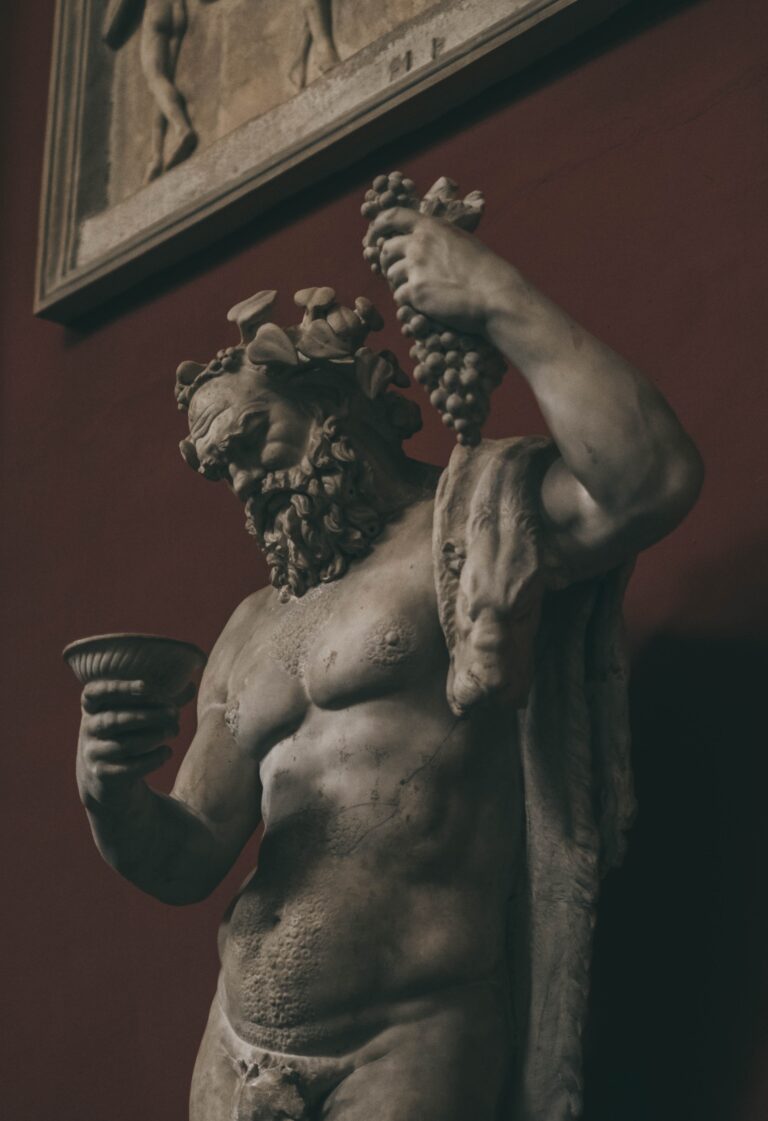The Ancient Theater of Epidaurus, located in the Peloponnese region of Greece, stands as a testament to the rich cultural heritage of ancient Greece. Renowned for its acoustic perfection, architectural splendor, and historical significance, this ancient theater continues to captivate visitors from around the world. Let’s delve into the fascinating history and unique features of the Ancient Theater of Epidaurus.

Historical Background:
Built in the 4th century BCE, during the Golden Age of Greece, the Ancient Theater of Epidaurus was part of the Sanctuary of Asklepios, the Greek god of healing.
The theater was initially used for religious rituals and performances dedicated to Asklepios, but it later became a venue for theatrical performances and festivals.
The theater served as an important cultural and social hub, attracting spectators from far and wide to witness the dramatic arts.
Acoustic Brilliance:
One of the most remarkable features of the Ancient Theater of Epidaurus is its extraordinary acoustics. Even today, the theater’s design allows spectators seated in the back rows to hear the performers on stage with exceptional clarity.
This acoustic phenomenon is achieved through a combination of factors, including the theater’s semi-circular design, the arrangement of the seats, and the use of natural materials like limestone. The rows of seating are arranged in a way that allows for optimal sound distribution, while the curvature of the theater helps to amplify and carry the sound throughout the space.
The use of limestone materials in the construction helps to enhance the acoustics by reflecting and resonating sound waves. This unique design and attention to acoustic detail have made the Ancient Theater of Epidaurus renowned worldwide for its unparalleled sound quality, creating an immersive and unforgettable theatrical experience for the audience.
Architectural Design:
The theater was designed by the renowned architect Polykleitos the Younger and is considered a masterpiece of ancient Greek architecture. The theater follows a classic Greek design with a semicircular orchestra, where the performances take place, and a large seating area consisting of 55 rows of stone seats.
The seating capacity of the theater is estimated to be around 14,000 spectators. The design of the theater takes advantage of the natural slope of the land, providing excellent sightlines for the audience.
The grandeur of the theater is further enhanced by its stunning façade. The skene, the building behind the stage, features three doors and exquisite architectural details, including columns and sculptures. The theater is surrounded by lush greenery, creating a serene and picturesque setting that adds to the overall experience of visiting the site.
Cultural Significance:
The Ancient Theater of Epidaurus holds immense cultural significance in the history of Greek theater. It is believed to have been the birthplace of Greek drama and is closely associated with the renowned playwright Sophocles.
The theater hosted the Great Dionysia, a major festival dedicated to the god Dionysus, where famous Greek plays were performed.
The plays of ancient Greek tragedians, including Aeschylus, Sophocles, and Euripides, were showcased at this theater, leaving an indelible mark on the development of theater and performing arts.
Today, the Ancient Theater of Epidaurus continues to serve as a venue for theatrical performances, concerts, and festivals. It has become a symbol of Greece’s cultural heritage and attracts thousands of visitors each year.
The annual Epidaurus Festival, held during the summer months, celebrates the ancient Greek theatrical tradition and features performances of classical dramas and comedies.
The theater’s timeless appeal, coupled with its stunning architectural and acoustic qualities, ensures that it remains a cherished destination for theater enthusiasts and history lovers alike.




